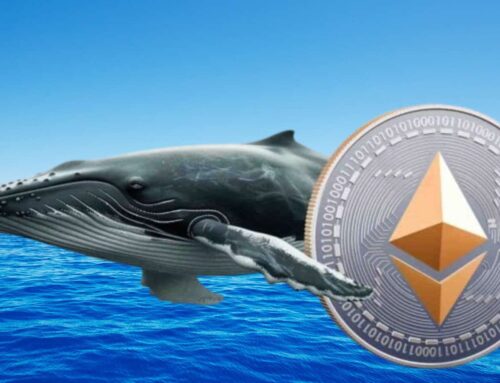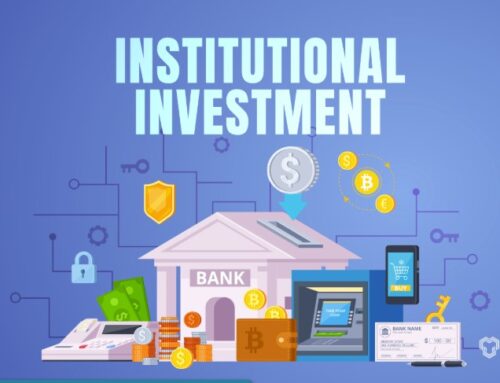Tesla Motors spawns an automotive ecosystem
September 14, 2014

FREMONT — Tesla’s decision to build its massive “gigafactory” for battery production in Reno is viewed as a big win for Nevada. But as Tesla races to make an affordable electric car for the masses, the company’s California footprint will continue to grow.
The electric automaker is on track to deliver more than 35,000 cars this year and has ambitions to produce 500,000 cars a year by 2020 — all at its factory in Fremont. The accompanying infusion of jobs and investment is reshaping that once-quiet suburban city and spilling over into the surrounding region.
Tesla already has 6,000 employees in the Bay Area: hundreds at its corporate headquarters in Palo Alto, but the vast majority at the Fremont factory. Tesla also employs 100 workers at a new facility in the Central Valley city of Lathrop for specialized production work. The company’s design studios are in Hawthorne, outside of Los Angeles. Tesla also has 19 stores in California, including seven in the Bay Area. And it has more than 1,500 job listings on its corporate site, many of those for positions in California.
“We are a committed California company, and we are growing by leaps and bounds,” said Diarmuid O’Connell, Tesla’s vice president of business development. “We’ll have 6,500 employees in California in the near future” — roughly the same number of jobs promised at the Nevada battery factory.
But it’s not just Tesla. Suppliers who have key manufacturing contracts with the automaker want to be nearby as the company prepares to launch the Model X SUV and works on the Gen 3, its mass-market, $35,000 car.
“They are recreating a supply chain that disappeared when NUMMI closed,” said Chip Sutherland, a commercial real estate broker who has worked in Fremont since 1988, referring to the joint venture between Toyota and GM that shut down four years ago. “We’ve gotten a number of inquiries from Tesla suppliers about relocation.”
Futuris, an Australian company that makes leather seats and the interior roofing system for both the Model S and the forthcoming Model X, moved into a 160,000-square-foot facility in nearby Newark in July. Futuris has 160 employees in Newark but expects its head count to grow to 420 within a year as the Model X goes into production.
“Supply chain localization, and being 10 miles down the road from Tesla, is fantastic,” said Sam Coughlin, general manager for Futuris in the United States. “We can react quickly, and our engineers are constantly working with Tesla. It always makes sense to be close to the customer.”
Eclipse Automation, a Canadian company that tests manufacturing equipment, opened engineering offices and a service shop in Fremont this summer.
“We have a number of clients in the Bay Area, but Tesla was a driving factor in the decision to set up operations here,” said Jason Bosscher, general manager of Eclipse’s Fremont office.

Fremont officials and local business owners are overjoyed. Tesla workers regularly dine at local lunch spots such as City Beach, Sala Thai, Taqueria Las Vegas and Extreme Pita, which gives Tesla employees a 10 percent discount on sandwiches.
Fremont is transforming its image, from commuter suburb to dynamic hub of advanced manufacturing. Tesla is the corporate anchor of Fremont’s “Warm Springs Innovation District,” which aims to transform 850 acres near the factory into a vibrant employment and housing center with as many as 4,000 housing units and 12,000 jobs, as well as shopping and entertainment, restaurants, hotel and convention facilities, and parks and open space. And it will be near the Warm Springs/South Fremont BART station, which opens next year.
Jennifer Vey, a fellow at the Brookings Institution in Washington, says that innovation districts are emerging in cities across the country as alternatives to corporate campuses and research parks.
“The land around Tesla is being redeveloped and reimagined. It’s a mash-up of an anchor campus, startups, housing and transit, in a physically compact area where companies can cluster and connect,” she said. “A lot of it is driven by demographic shifts: Millennials want to live and work in more dynamic, urban environments, and innovation districts are trying to be responsive.”
For Fremont, it’s a happy ending to what had been a tough blow. When NUMMI, the former auto plant jointly owned by General Motors and Toyota, closed in 2010, 4,700 jobs went with it. Tesla purchased the plant that same year for $42 million. Now many of those jobs have come back, and regular visitors to the Fremont factory note that it seems to be constantly expanding.
“Even since May, there have been some pretty dramatic changes,” said Ben Kallo, an analyst at Robert W. Baird & Co. who visited the factory this week. “It’s bustling. You cannot find a parking space in the parking lot.”
Contact Dana Hull at 408-920-2706. Follow her at Twitter.com/danahull.
Search
RECENT PRESS RELEASES
Related Post






